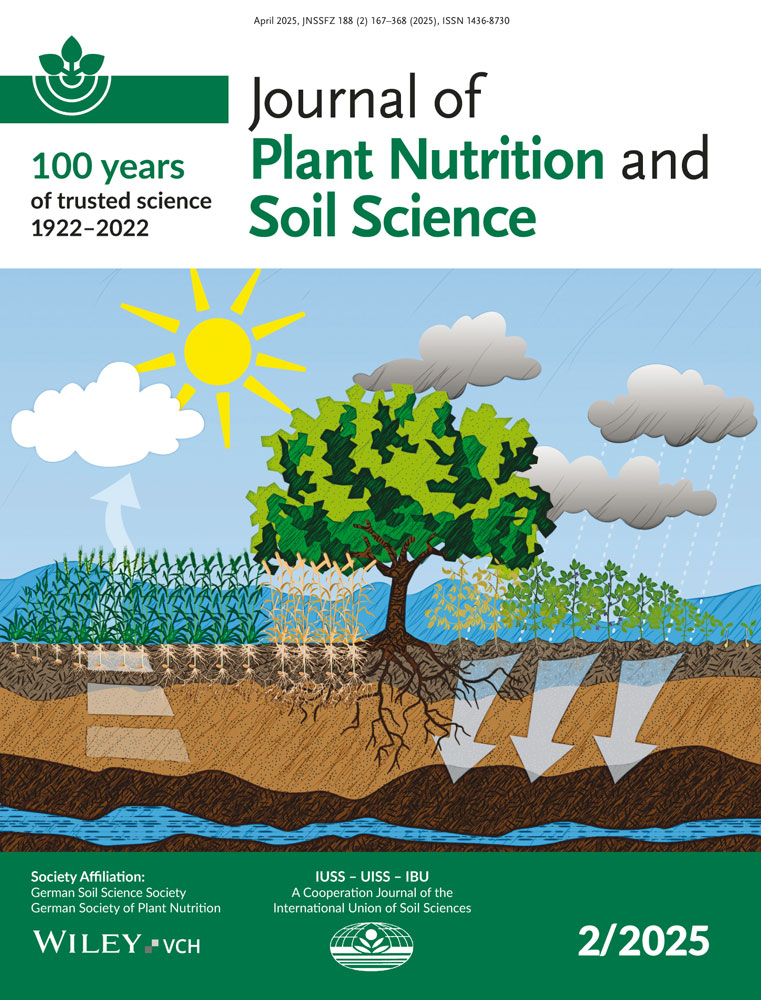Soil Health Assessment of Incorporating Bagasse in a Commercial Sugarcane Production System on Mineral Soils
Academic Editor: Daniele Antichi
Funding: This research was funded by U.S. Sugar Corp. (Grant PRO00015244) and USDA Hatch Project FLA-ERC–005552.
ABSTRACT
Background
Bagasse is a locally derived sugarcane (Saccharum spp.) by-product, which has the potential to improve the soil health of mineral soils.
Aims
This study aimed to determine the effects of bagasse on the soil health of an Entisol in Southern Florida.
Methods
A field experiment was conducted on a commercial sugarcane production farm for approximately 4 years, where four rates of bagasse, including 5 cm bagasse (85 Mg ha−1), 10 cm bagasse (170 Mg ha−1), 10 cm bagasse (170 Mg ha−1) plus 336 kg ha−1 ammonium nitrate, and one control (no bagasse), were incorporated into 15 cm topsoil. Soil health indicators, including bulk density (BD), water-holding capacity (WHC), soil pH, cation exchange capacity (CEC), organic matter (OM), active carbon (C), soil protein, and nutrient contents—nitrogen (N), phosphorus (P), and potassium (K)—were evaluated.
Results
A single application of bagasse at 170 Mg ha−1 or 170 Mg ha−1 plus 336 kg ha−1 ammonium nitrate had positive short-term effects on OM accumulation in soils, resulting in higher WHC and lower BD. Bagasse also significantly decreased soil pH, which is good for sugarcane production on alkaline soils. Soil CEC, Mehlich-3 P and K levels, active C, and soil protein enhanced when bagasse was applied at 170 Mg ha−1 or 170 Mg ha−1 plus 336 kg ha−1 ammonium nitrate, which indicated an improvement of the overall soil chemical and biological health status.
Conclusions
10 cm of bagasse (170 Mg ha−1) was recommended as a soil organic amendment for mineral soils in Southern Florida.
Open Research
Data Availability Statement
The data that support the findings of this study are available from the corresponding author upon reasonable request.




